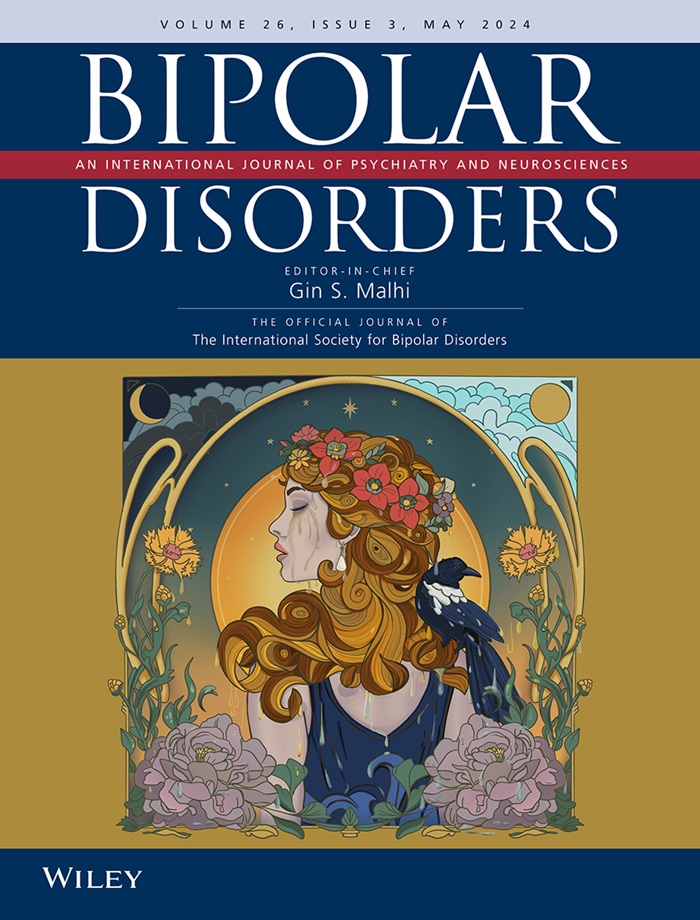Hippocampal Volume Reductions in Key Regions and Their Role in Disease Progression in Adolescents at High Risk for Bipolar Disorder: Findings From the sBEAD Cohort
Abstract
Background
Hippocampal subfield pathology is established in bipolar disorder (BD); yet no studies have investigated these alterations in adolescents at clinical high risk for BD (MDD-Sub), which is a critical gap given adolescence as a neurodevelopmental window for early intervention.
Methods
We analyzed baseline 3D T1-weighted MRI data from 72 adolescents at Clinical High Risk for BD “MDD-Sub”MDD-Sub vs. MDD-nSub, 74 pure adolescents with MDD (MDD-nSub), and 72 healthy adolescents (HC) aged 12–18 years in the sBEAD cohort. Hippocampal subfields were segmented using FreeSurfer 7.3.1. All patients were followed up for at least 12 months to ensure that no participants progressed to schizophrenia or developed new manic symptoms in the MDD-nSub group.
Results
MDD-Sub exhibited significant volume reductions in the left cornu ammonis (CA)1, CA3, CA4, molecular layer (ML) and dentate gyrus (DG) even after controlling for medication effects (dHc Vs. Mdd-sub = 0.70–0.78; dMDD-Sub vs. MDD-nSub = 0.50–0.61). Strikingly, illness duration > 1 year predicted volumetric increases in bilateral CA1/ML/DG and left CA3/CA4 (R2 = 0.13–0.21, p < 0.05), replicated in medication-naïve MDD-Sub (n = 32). MDD-nSub showed no subfield differences versus HC and MDD-Sub.
Conclusions
This first hippocampal subfield study in BD high-risk adolescents suggests that prodromal-specific left CA1, CA3, CA4, ML, and DG atrophy may help differentiate BD risk from unipolar depression, while nonlinear volumetric trajectories, characterized by early reductions followed by compensatory increases with prolonged illness duration, provide new perspectives on classical neurodegeneration paradigms. These findings provide initial biological support for stage-specific interventions, enhancing neuroplasticity pre-conversion versus neuroprotection post-conversion.

 求助内容:
求助内容: 应助结果提醒方式:
应助结果提醒方式:


